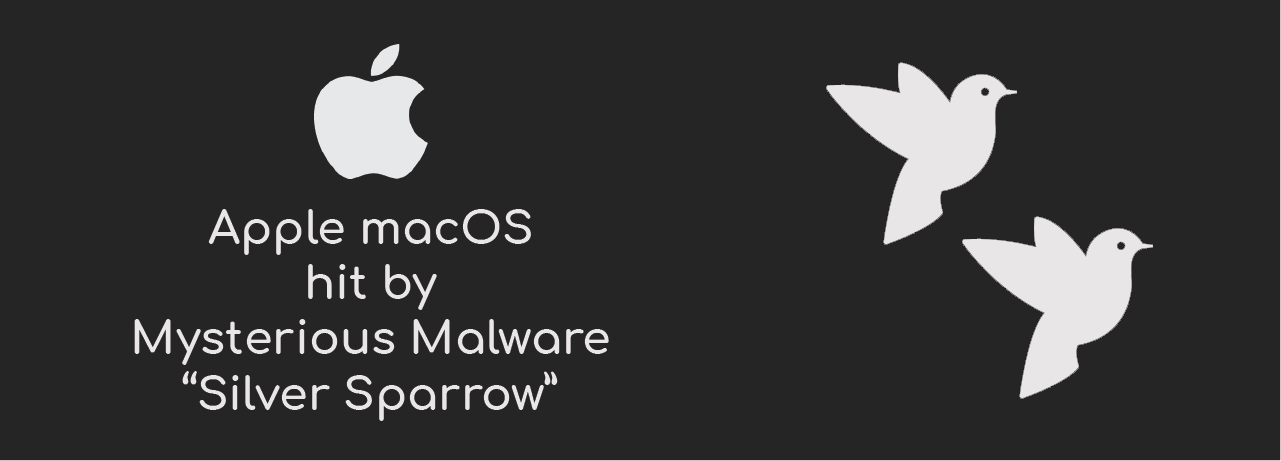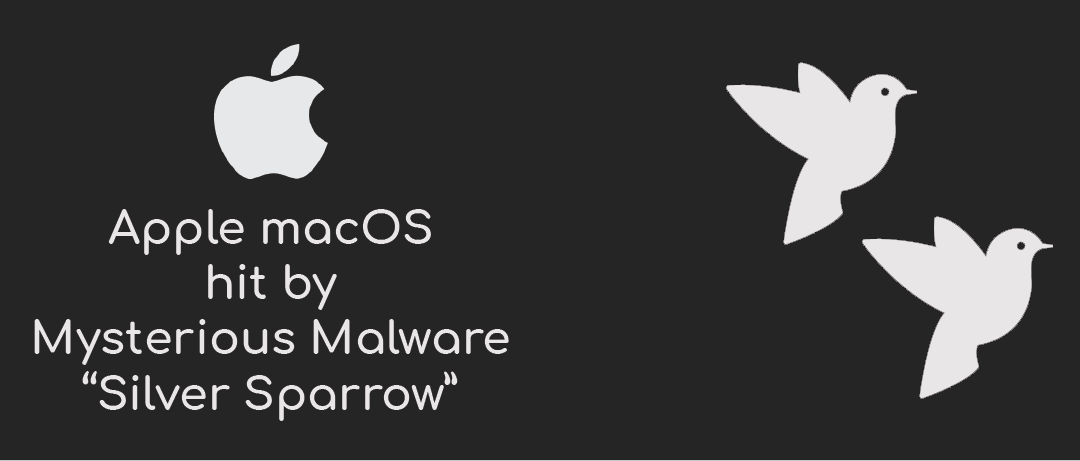Apple recently released a new M1 chipset for better performance, but hackers trying to bug it down for no reason. Red Canary, independent security researchers, found new mysterious malware in macOS across 153 countries. The researcher noticed that 30,000 Apple Macs got infected with “Silver Sparrow malware“, most in the USA, UK, Canada, France and Germany.
How can Silver Sparrow malware affect your Apple macOS Computer?
Generally, the malware takes control of computers and runs some automated commands for various purposes, like showing random ads, redirections of genuine pages, stealing data, etc.
The “Silver Sparrow” found in two binary packages, but strangely researchers haven’t found any payload run by the malware. So now it let everyone in question that what’s the aim of this new Silver Sparrow malware? Security researches also said, “Silver Sparrow is a reasonably serious threat”. Malware looking for M1 chip compatibility, global reach and relatively high infection rate. It uniquely positioned to deliver a potentially impactful payload.
Indeed, Silver Sparrow infected the MacOS update packages and able to run the payload during updates, so it’s high-risk malware according to the Red Canary. Typically, malware comes with a “Self-Destruct” mechanism, but researchers haven’t found that it has executed yet.

What step is Apple taking to prevent the further spread of macOS Silver Sparrow malware?
Apple says that malware is notable as it captured the new M1 chipset and taken steps to prevent further spread. Apple revoked the developer security certificate that used to sign the macOS updater package. So it won’t spread the Silver Sparrow malware further and break the chain of malware infection.
The M1 chipset is a new next-gen processor developed by Apple that might have attracted hackers to try and test it. Also, the M1 chipset structured from the existing Intel x86 architect that let Apple add some security features directly into the processor. Even a few adware initially designed to work on x86 chipsets and now redeveloped to adopt Apple’s new M1 chipset. It doesn’t state what hackers are trying to achieve with ideal malware injection. But Apple can help further to remove malware from existing infected devices.
How to protect your MacBook or iMac from virus and malware?
Indeed, there are lots of factors involved in your computer to get infected with virus and malware. Best to avoid visiting spammy websites, opening any links or attachments in the email from unknown senders, not to install pirated software and more. It’s recommended to install reputed anti-virus and anti-malware software on your computer for better protection. Many known anti-virus software like McAfee, Trend Micro, Norton and Malwarebytes available in the market to protect your computer.
Also, you can get advice from an experienced computer technician if your Mac computer is behaving strangely. Our tech experts are always happy to help, and just a one call away. Please contact us on 02 6188 5444 to get a free no-obligation quote for virus removal and other Mac repairs in Canberra & Queanbeyan.
